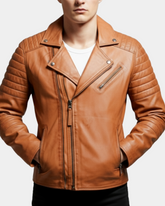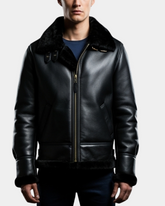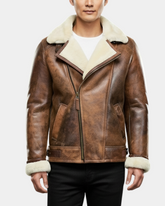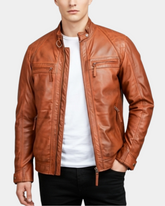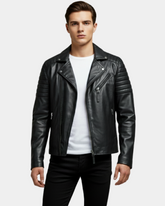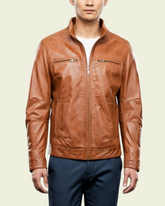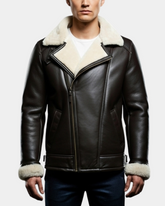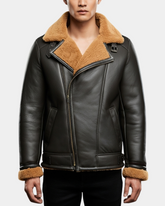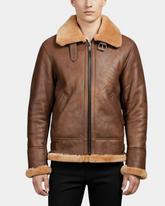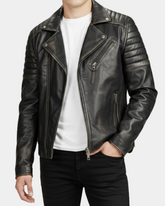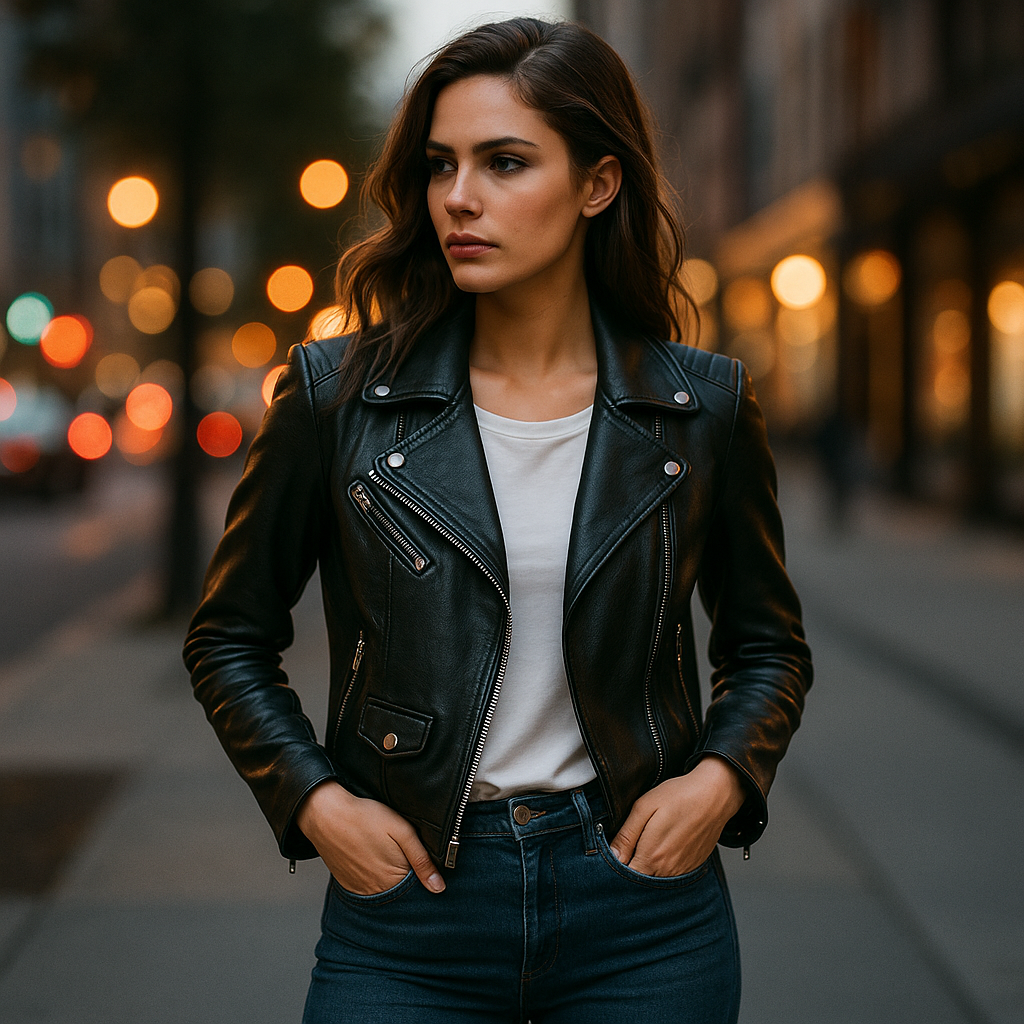Genuine Leather
What “Genuine Leather” Really Means (And When It’s Worth It)
If you’ve ever flipped a tag and seen “genuine leather,” you might assume it’s the best you can buy. It is real leather—but it’s a lower grade than full-grain and top-grain. In most cases, “genuine” refers to leather taken from lower layers of the hide (often split layers) and then corrected—sanded or buffed to smooth out natural marks—before it’s dyed and finished to look uniform. That correction improves appearance, but it removes some of the hide’s original grain and character.
Because genuine leather typically comes from split layers or heavily treated surface cuts, it won’t develop the same rich patina or long-term toughness you get from higher grades. It’s still real leather—just engineered to be consistent and budget-friendly rather than heirloom-level.
How Genuine Leather Is Made
- Splitting & selection: After tanning begins, hides are split into upper and lower layers. The upper layer can become full- or top-grain; the lower “split” is a common source for genuine leather.
- Correction (sanding/buffing): Surface blemishes are smoothed to create a uniform canvas.
- Finishing & embossing: Pigments and protective topcoats are applied; a grain pattern can be heat-pressed for a consistent look.
- Dyeing & quality checks: Colors are standardized across batches and the finish is inspected for consistency.

Where Genuine Leather Sits Among Other Grades
Think of leather categories from most natural & durable to most processed:
| Category | Source | Look & Feel | Durability |
|---|---|---|---|
| Full-grain | Top layer; natural grain intact | Most authentic; develops rich patina | Highest |
| Top-grain (corrected) | Top cut; lightly sanded/finished | More uniform than full-grain | Excellent |
| Genuine (split/corrected) | Lower split layers / heavily corrected | Very uniform; embossed/finished surface | Moderate |
| Bonded | Scraps/fibers bonded with adhesives | Mimics leather initially | Lowest |
Strengths of Genuine Leather
- Budget-friendly entry point: Real leather look at a more accessible price.
- Consistent cosmetics: Even color and grain are easier to achieve.
- Wide availability: Common in belts, wallets, and affordable jackets.
Limitations to Keep in Mind
- Lower durability vs. top/full-grain: Expect faster wear with hard use.
- Modest patina & breathability: Finished surfaces don’t age as richly.
- Cracking/peeling risk sooner: Especially if neglected or exposed to heat/moisture.
Genuine vs. Bonded: Don’t Mix Them Up
Bonded leather is a composite made by gluing leather scraps and fibers into sheets and coating the surface. Genuine leather, while lower grade than top/full-grain, is still cut from real hide and generally performs better than bonded.
When Genuine Leather Makes Sense
- Style-first, cost-smart buys: Get the real-leather look without heirloom pricing.
- Occasional wear: Fashion pieces you won’t stress daily.
- Uniform batches: Projects needing consistent color/texture.
Care & Maintenance Tips
- Wipe gently with a soft, slightly damp cloth; avoid soaking.
- Condition sparingly—use products suited to finished leathers.
- Avoid long, direct heat or intense moisture.
- Rotate high-use items to reduce stress and extend life.
Genuine Leather in Jackets
In jackets, genuine leather provides a sleek, uniform look at a friendlier price point—great for fashion-forward pieces or occasional wear. For a daily driver that molds to you and ages beautifully, step up to top-grain or full-grain.

The Bottom Line
“Genuine leather” is real leather—but it’s the value tier: corrected for a uniform look, affordable, and widely available. Choose it for style-driven pieces and lighter use; choose top- or full-grain when long-term character and longevity matter most.

